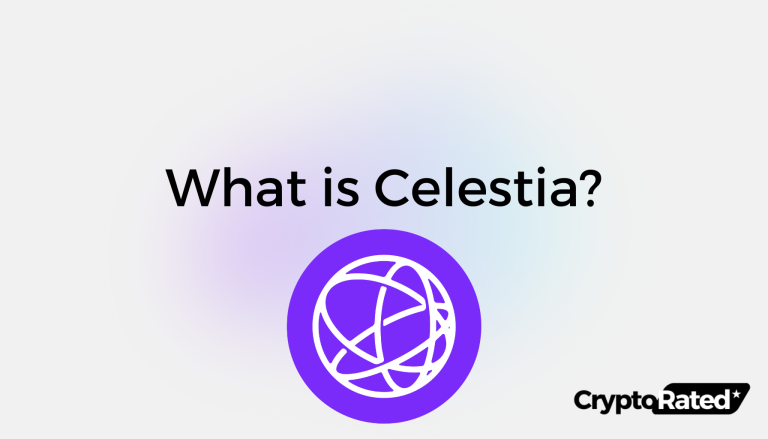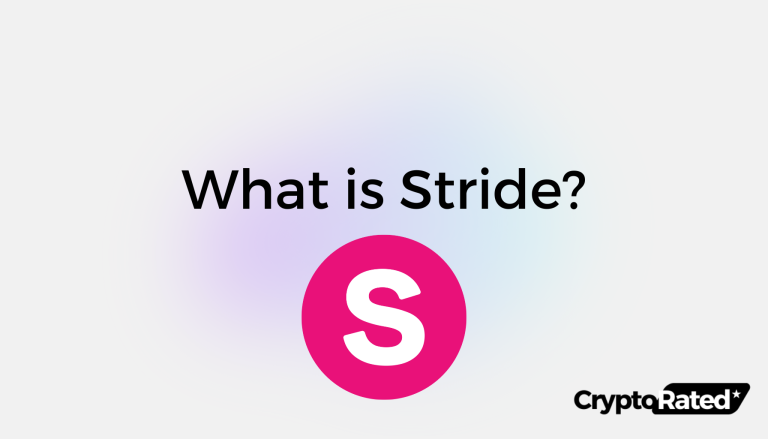
What Is Bittensor?
Bittensor is a blockchain network that connects machine learning models owned by different people around the world. These models work together to process information and provide intelligent responses, similar to how neurons in the human brain work together to help individuals think and make decisions.
Bittensor’s blockchain is built using the Substrate framework1, a modular framework that enables the creation of purpose-built blockchains. This allows Bittensor to have a blockchain that is optimized for its decentralized machine-learning network. The platform offers some features that are similar to popular large language models such as ChatGPT, but its decentralized design and ability to pool various artificial intelligence systems into one protocol arguably make it more useful for certain tasks.
Key Takeaways
- Bittensor aims to revolutionize AI development by creating a decentralized marketplace for AI models via blockchain technology.
- It offers collaborative training of models across diverse tasks, potentially leading to improved performance and accessibility.
- Bittensor builds a decentralized AI marketplace where anyone can contribute and access models using its native token, TAO.
Why Is The History of Bittensor So Short?
Imagine a platform where anyone can contribute AI models like image recognizers or language translators. These models then collaboratively train on the blockchain, constantly improving through shared learning. Users access this collective intelligence by paying with the platform’s token, TAO, while model creators earn rewards for their contributions. This was the vision of the Bittensor team. The history of Bittensor is fairly short; while development began back in 2021, the project didn’t go live until 2023.
What Are The Key Features and Benefits of Bittsensor?
Features:
- Decentralized: No single entity controls the network, fostering transparency and fairer distribution of benefits.
- Collaborative: Models learn from each other, potentially leading to higher-quality AI solutions2.
- Incentivized: Contributors are rewarded for their work, encouraging participation and maintaining network sustainability.
Benefits:
- Democratizing AI: Anyone can contribute and benefit from the network, not just large corporations or research institutions.
- Potentially more efficient AI: Collaborative training could lead to faster and more effective model development.
- Open and transparent: Blockchain technology makes the network’s operations transparent and verifiable.
What Are The Use Cases of TAO?
TAO is the native cryptocurrency of the Bittensor network and plays a critical role in the ecosystem. It serves several essential functions and purposes that help to incentivize participants, secure the network, and maintain a decentralized machine-learning marketplace3.
Incentivization
One of the critical functions of the TAO token is incentivization. Miners who contribute their computational resources to perform machine learning tasks are rewarded with TAO tokens for their contributions. This reward mechanism encourages the provision of computational power to the network, which is essential for the decentralized machine-learning processes.
Staking
TAO tokens are also used for staking, which is a form of collateral or “skin in the game” required to participate in the network as a miner and earn rewards. Staking helps to ensure that miners are motivated to act in the best interest of the network and secures the network by making it costly for any participant to act maliciously4.
Transaction Fees
Transactions on the Bittensor network require the payment of fees, typically paid in TAO tokens. These fees compensate validators and miners for processing and securing transactions on the blockchain.
Access to Services
TAO tokens are used to pay for machine learning services provided by the Bittensor network, creating a market for machine learning services where tokens can be exchanged for computational work, such as data analysis, model training, or predictions5.
What Is The Difference Between ChatGPT and Bittensor?
ChatGPT and Bittensor are both AI-related technologies but have different purposes. ChatGPT is an AI model developed by OpenAI that can understand and generate human-like text. It is like a knowledgeable student trained in various subjects who can answer different types of questions. On the other hand, Bittensor is a network that connects various AI models.
It is like a school where each student (AI model) has unique knowledge and skills. When a question is asked, Bittensor finds the student(s) best suited to answer the question and provides the response.
| Feature | ChatGPT | Bittensor |
|---|---|---|
| Purpose | Understand and generate human-like text | Connect various AI models |
| Developed By | OpenAI | Bittensor Foundation |
| Function | Single AI model | Network of AI models |
| Usage | Chatbots, language translation, text completion | Machine learning, data analysis, image recognition |
| Strength | Can understand and generate human-like text | Connects different AI models |
| Weakness | Limited to language-related tasks | Requires multiple AI models to work together |
What Are The Tokenomics of TAO?
Bittensor (TAO) has a maximum supply of 21 million, of which 5.9 million are in circulation, according to data from CoinGecko6. It has a market capitalization of $1.8 billion, placing it among the top 50 cryptos, and as of writing in December 2023, trades for $307, which is around 20% below its all-time high.

How Has Bittensor (TAO) Traded In 2023, And What Is The Bittensor Price Prediction?
Bittensor (TAO) has proven itself to be a leading project in the crypto-AI space. Less than 12 months after its launch in March 2023, TAO’s market capitalization has surged above $1.8 billion. It reached an all-time high of $394 before dropping back down to just above $305, according to TradingView7. As Bittensor is such a new crypto, there’s a lack of price predictions from reputable sources.

Final Thoughts on Bittensor
Bittensor aims to decentralize AI development through a blockchain-powered marketplace. Users upload AI models like image recognizers or language translators, which collaboratively learn and evolve through shared expertise. Accessing this collective intelligence requires the platform’s token, TAO, while model creators are rewarded for their contributions.
This democratizes AI development, potentially leading to faster advancements and real-world applications in healthcare, finance, and beyond. However, fostering community adoption and navigating technical hurdles are key challenges in unlocking the full potential of this ambitious vision.
Frequently Asked Questions
What Is Bittsensor?
Bittensor harnesses the power of blockchain to create a “pure market” for AI. Imagine a decentralized network where anyone can contribute AI models like image recognizers or language translators. These models train together on the blockchain, constantly improving. Users pay TAO tokens to access this collective intelligence, while model creators earn rewards for their contributions. This fosters collaboration, rewards quality, and avoids centralized control, making Bittensor a unique and potentially game-changing approach to AI development.
What are the current staking rewards for TAO holders?
The current staking rewards for TAO holders on the Bittensor network vary depending on the staking period and the number of validators on the network. As of December 2023, the staking rewards range from 5% to 15% per annum.
How does one become a validator for TAO on the Bittensor network?
To become a validator for TAO on the Bittensor network, one must first acquire a certain amount of TAO tokens and run a validator node on the network. The validator node must meet certain technical requirements and be able to ensure the security and stability of the network.
What are the responsibilities of Bittensor validators?
The responsibilities of Bittensor validators include verifying transactions, securing the network, and participating in governance decisions. Validators are also responsible for maintaining their validator node and ensuring that it operates smoothly.
WRITTEN
Peter Barker
Peter is an experienced crypto content writer and a DeFi enthusiast with more than 3+ years of experience in the space. Previously a journalist and news editor at a leading European news sourcing agency.




